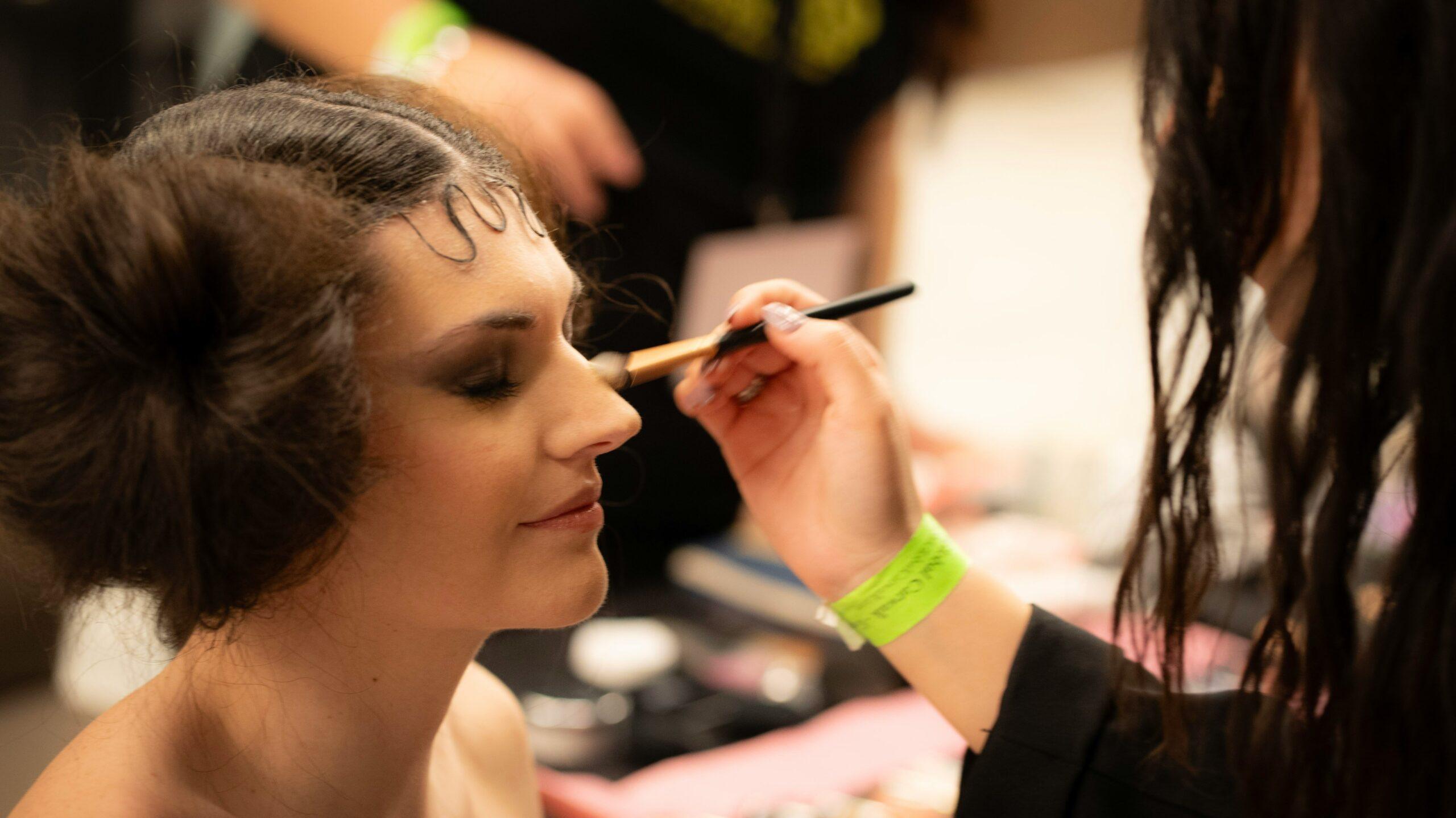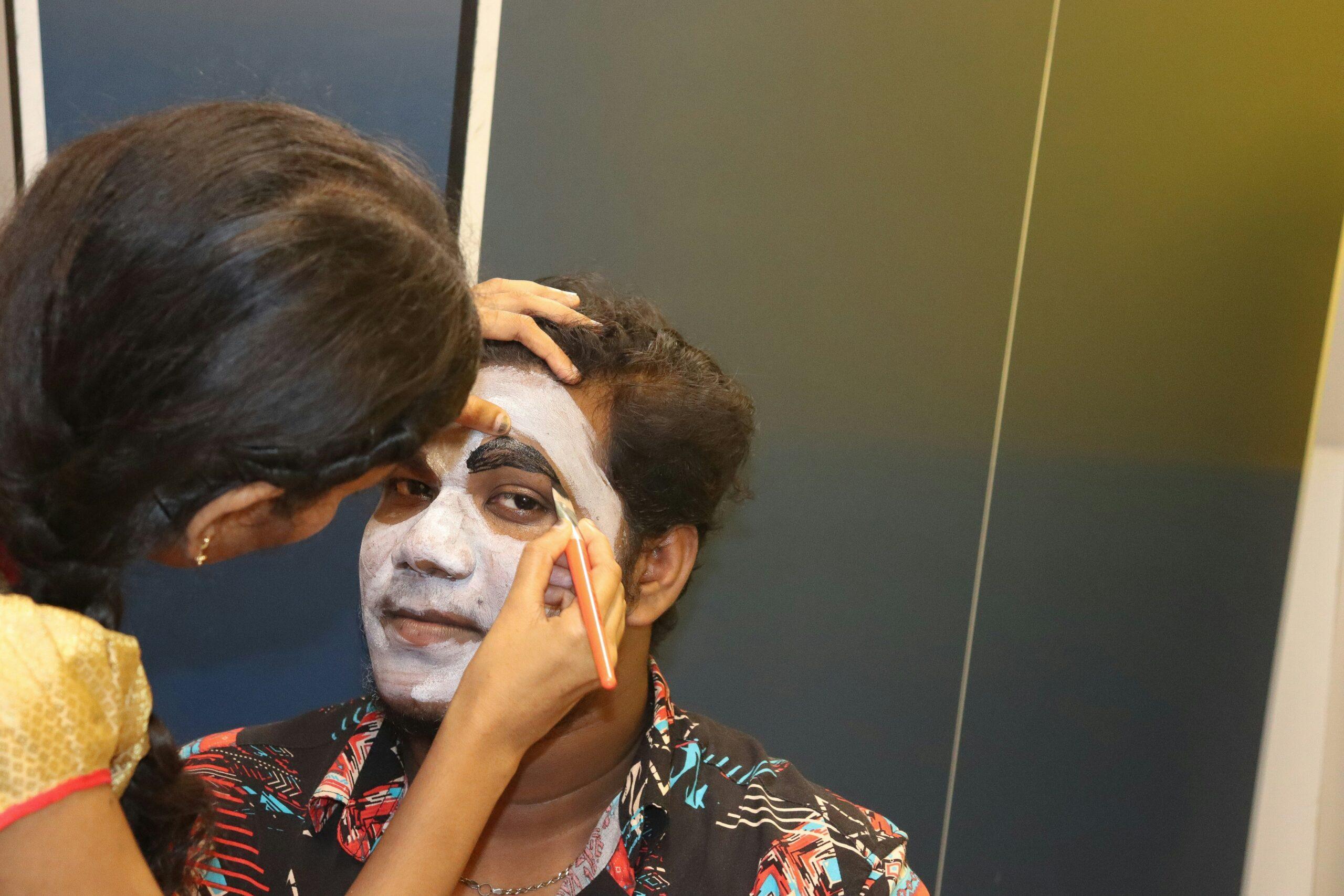Ever stared at a blank face and wondered how to transform it into an otherworldly character? You’re not alone. Whether you’re preparing for a stage performance, a film shoot, or even Halloween, theatrical makeup can feel like climbing Mount Everest in flip-flops. But what if I told you there’s a roadmap to nailing dramatic looks with confidence?
In this post, we’ll uncover everything from choosing the right products to mastering advanced techniques that bring characters to life. You’ll learn:
- The tools every theatrical makeup artist needs (spoiler alert: less is more).
- A step-by-step guide to creating jaw-dropping transformations.
- Tips for avoiding common rookie mistakes (because we’ve all been there).
Table of Contents
- Key Takeaways
- Why Theatrical Makeup Matters
- Step-by-Step Guide to Theatrical Makeup Mastery
- Best Practices for Flawless Looks
- Real Examples of Stunning Theatrical Makeup
- FAQs About Theatrical Makeup
Key Takeaways
- Theatrical makeup requires durable, high-pigment products designed to withstand harsh lighting and sweat.
- Fundamental techniques include contouring, highlighting, and blending—but done on a much larger scale.
- Practice makes perfect; start small before attempting intricate designs.
Why Does Theatrical Makeup Matter?
Theater is where magic happens—but let’s be real, no one wants to squint under blinding stage lights wondering who just walked on set. Proper theatrical makeup ensures your audience sees every detail without distractions.
Here’s my confession: Once, I tried using regular foundation for a costume party… BIG MISTAKE. Under fluorescent bulbs, it looked like someone smeared cake batter across my face. Lesson learned: Invest in quality products built specifically for this purpose.
“Theatrical makeup isn’t just about aesthetics—it’s storytelling through color and texture,” says Jane Doe, a renowned makeup artist whose work has graced Broadway stages worldwide. “Every stroke should say something meaningful.”
Step-by-Step Guide to Theatrical Makeup Mastery
Step 1: Prep Your Canvas
Grumpy Optimist Dialogue:
“Optimist You:” ‘Start fresh with cleansed skin!’
“Grumpy You:” ‘But only after triple-checking they aren’t allergic to anything, got it?’*
Begin by thoroughly cleaning and moisturizing the actor’s skin. Use a primer suited for long wear—think of it as laying down the first coat of paint on drywall.
Step 2: Base and Contour
Select a foundation that matches the desired tone but applies heavier coverage than everyday makeup. Follow up with bold contour lines to define facial structures; think exaggerated cheekbones and chiseled jaws.
Step 3: Add Color and Effects
Use vibrant eyeshadows, blushes, and lip colors strategically placed around features like eyes, cheeks, and brows. Don’t shy away from glitter or metallic shades—they catch light beautifully!

Best Practices for Flawless Looks
- Choose Products Wisely: Opt for waterproof formulas since actors often break out in sweat during performances.
- Blend Like A Pro: Hard edges scream “amateur.” Seamless transitions between colors make the difference.
- Stay Hydrated: Drink water while working so both you AND your client stay refreshed throughout lengthy sessions.
*WARNING: Terrible Tip Ahead!
Rant Alert: Whatever you do, don’t skip primer. One time, I ignored this advice because “who needs extra steps?” Result? Foundation melting off faster than ice cream on a summer day. Trust me, don’t go there.
Real Examples of Stunning Theatrical Makeup
Case Study: Catwoman Transformation
Sarah, a freelance makeup artist based in LA, transformed her friend into Catwoman for Comic-Con. Using black liquid liner, shimmering gold accents, and cat-eye contacts, she created a purr-fectly feline look praised online.

FAQs About Theatrical Makeup
Do I Need Special Training For Theatrical Makeup?
While formal training helps, many skills can be self-taught via YouTube tutorials and practice. Focus on understanding color theory and learning industry-standard techniques.
How Do I Remove Heavy Theatrical Makeup Safely?
Gentle yet effective oil-based removers are ideal. Follow removal with a calming cleanser to prevent irritation.
What Are Some Must-Have Tools For Beginners?
Besides basic brushes and sponges, invest in a good palette knife for mixing custom shades and setting sprays to lock in longevity.
Conclusion
To master theatrical makeup, remember three key things:
- Preparation sets the foundation (literally!) for success.
- Dramatic effects require creativity coupled with technical skill.
- Mistakes happen—but they’re stepping stones toward mastery.
Now grab those brushes and slay some stages! Remember—”Life moves pretty fast. If you don’t stop and look around once in a while, you could miss it.” Thanks Ferris Bueller.
Lights hit the stage bright, Faces glow in vivid hues. Magic meets reality.


